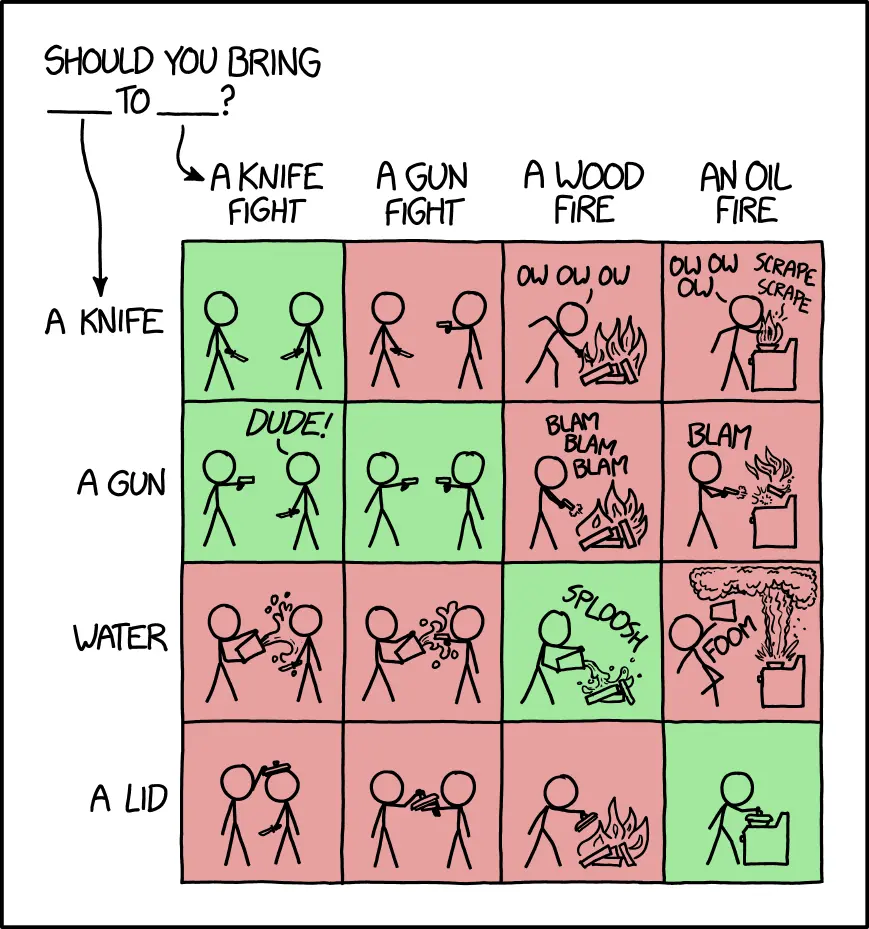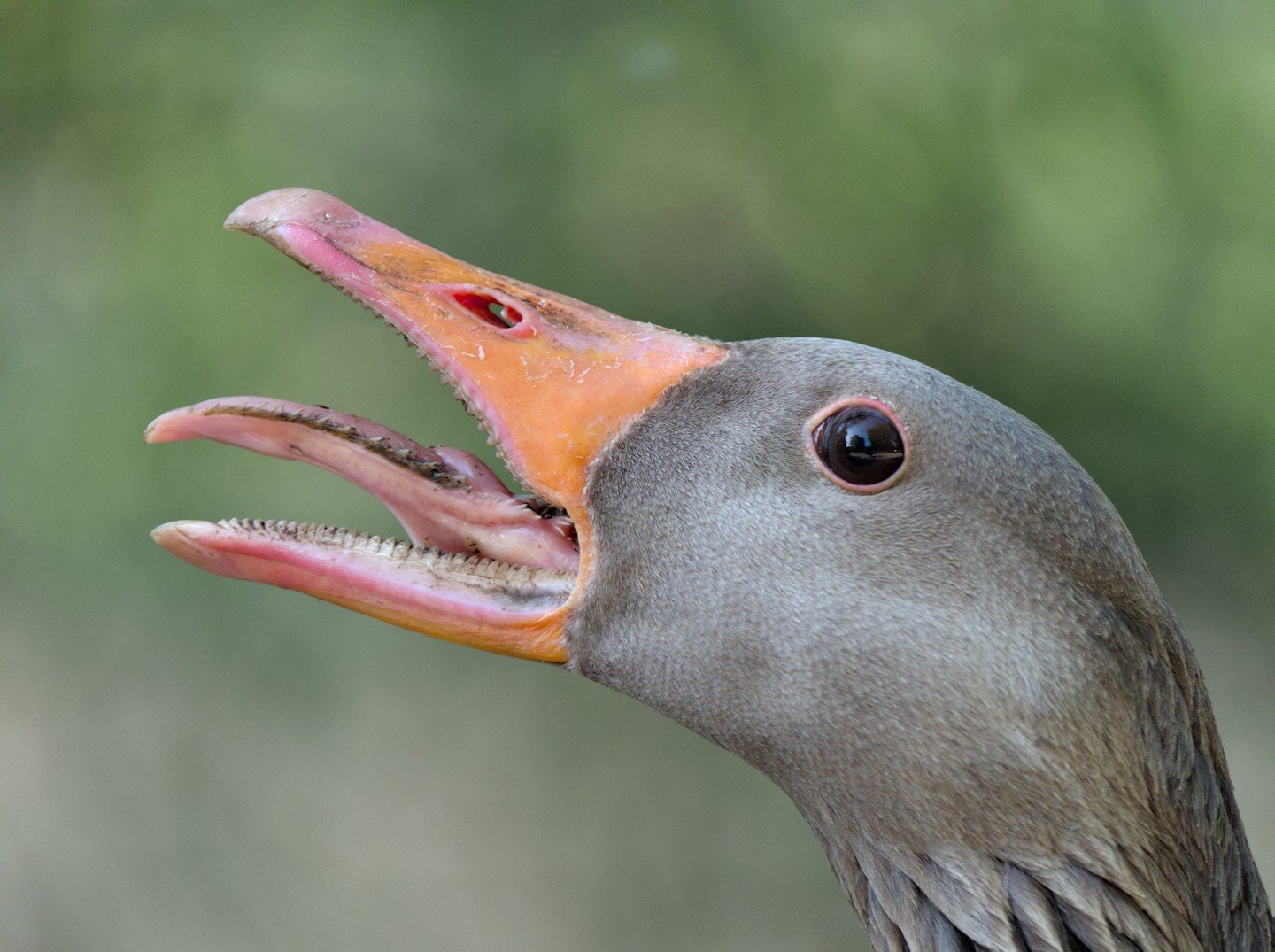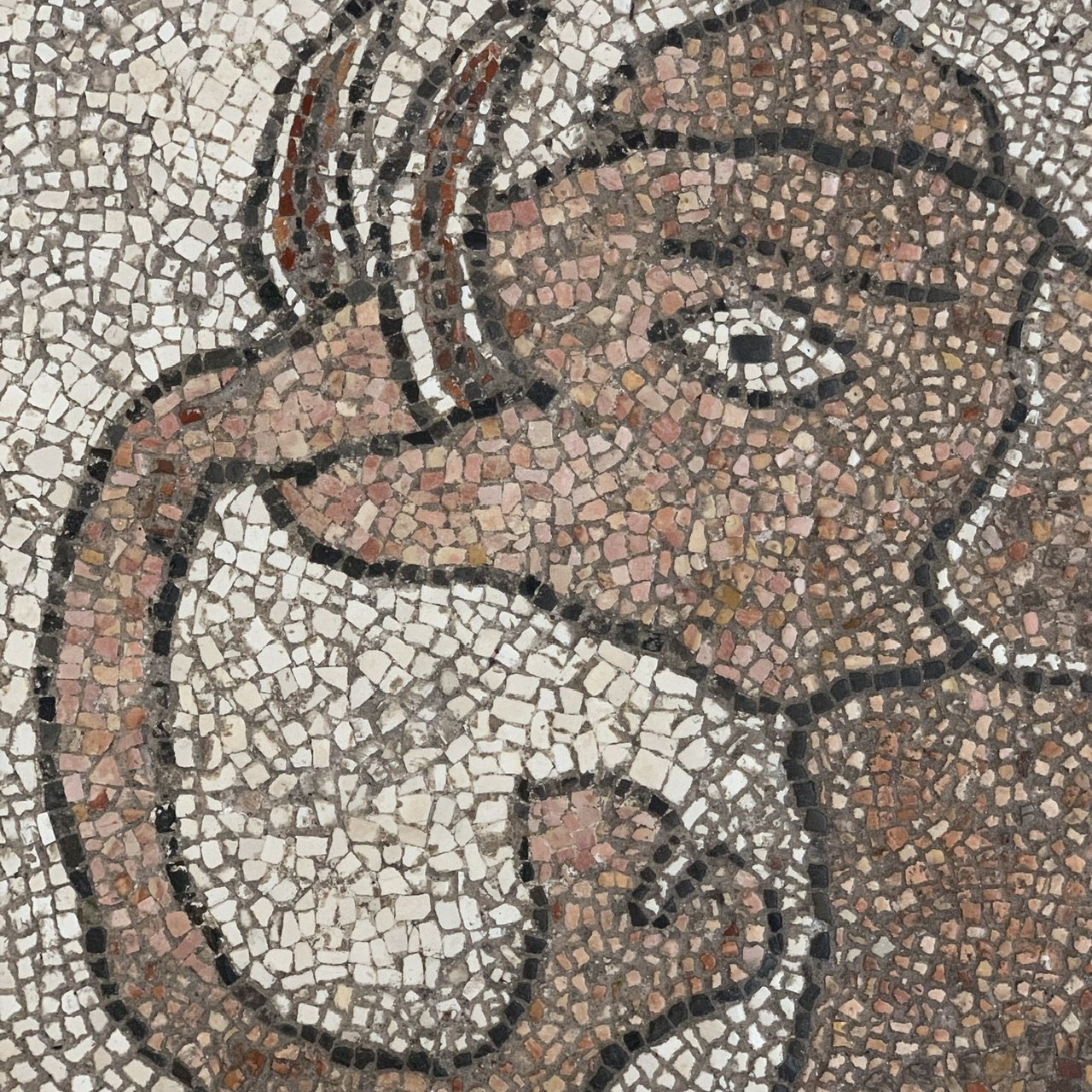cross-posted from: https://lemmy.zip/post/10379978
I’ve started rediscovering photography again after a multi year break, and I’ve currently got a decision to make. I’ve started doing some more macro photography recently, and I’m to the point I would like to purchase a macro lens. However, I now realize that new DSLR cameras seem to be on their way out and mirrorless is what the major manufacturers are moving to. My current gear is a budget Canon DSLR with a kit lens, and a basic 75-300mm.
My question is this. Should I switch to a mirrorless camera before I spend more money on lenses? I don’t have a huge amount of money invested so far, and whatever lens type I buy is most likely what I’m going to have to stay with for many years to come. My hard limit would be $1000 for the body, but preferably $700 or less. Since I would like to stay with Canon, that leaves me with the R100, R50, and RP at the very top end. I am open to other options however, especially if there are good aftermarket lenses and accessories.
Although I know there will still be new and used EF lenses available, I do worry a bit about future camera body upgrade options. I know I’m overthinking this a bit too much, but I’m just curious what other people think.
Canon’s mirrorless lens ecosystem is only good for people with high budgets, which $1000 isn’t in the world of camera gear. APSC RF mount is in a particularly bad place with very few native lenses and nothing third-party. If you’re looking at switching systems, why not look at switching brands at the same time?
EF has a ton of lenses, and used ones lose value slowly. If you buy used EF lenses, you’ll likely get most of your money back if you decide to sell them to switch systems.
I know one of the advantages of mirrorless is the potentially shorter lens flange distance, so changing the lens mount makes some sense. But couldn’t there be a passive adapter (with wired passthrough) similar to a macro tube to use the old lenses? Maybe there is idfk.
I expect mirrorless to continue to grow (at least with respect to DSLRs), and frankly I’m happy with that.
As far as changing brands goes, I agree with that. There are a fair few good options in the mirrorless space and I daresay most of them aren’t canon
But couldn’t there be a passive adapter (with wired passthrough) similar to a macro tube to use the old lenses? Maybe there is idfk.
There are indeed many active and passive adapters that will let you use DSLR glass on a mirrorless body! You do lose some of the size advantage, but DSLR glass is still pretty solid in terms of performance and is getting cheaper by the day.
I was in your situation recently.
10+ years ago, I had sold all my Canon kit including a 5DMkII and some EF L lenses and I wanted to pick up photography again. I was luckily not committed to a specific brand since I didn’t have any of my kit left so I was free to look at other platforms. I had a few friends with cameras and tested some different platforms out but ultimately settled on Nikon.
I currently have a full frame Z6II mirrorless and I like it very much. It’s lighter and more compact than my Canon setup was, and I also feel like the lens selection and price (both Z and F) are better than it was when I had Canon. My favorite part of mirrorless is the focus peaking. I find myself using it along with manual focusing for about half my shots.
Look around at other platforms like Nikon, Sony, OM, etc. before you commit because it would be a good time to switch of you did want to. If you stay with Canon, I definitely recommend looking at mirrorless.
Do you rely on the focus peaking? I had a Z6 now own a Z8 and find with both the focus peaking was not accurate enough to have an object in critical focus. With a fast lens I had much better results using the autofocus system which with mirrorless is super accurate.
I rely pretty heavily on manual focus and focus peaking. Primarily because my main lens I find myself using is my 70-180 AF Macro with the FTZ adapter, which doesn’t autofocus with the Z bodies. When using Z lenses (like the 24-120 S) then I’ll use autofocus along with peaking.
Canon latest mirrorless bodies are awesome and also good value (but stay away from the R100). As others have said, good native RF lenses are expensive. They have also cheaper options, but what they miss is the good value middle ground usually represented by Sigma and Tamron. One big upside is the EF to RF adapter, that works very well and lets you use the lens you already have before investing. Remember that a lens remains with you decades, contrary to a body, and paying a bit more could really be a good choice in the long run. Just my view, a bit in contrast with many steering you away from Canon. Quality wise, there’s no difference between brands: most importantly a camera should disappear in your hands and be really ergonomic - go in a shop and handle them all!
I used to have a Nikon d3300 (bought on Craigslist with 2 kit lenses, plus bag, and accessories for $300) for 6-7 years. Then I wanted to do nicer portraits so I got the 35mm f1.8 for like $200. Then switched to the Sony system 3 years ago because I wanted to do more wildlife which would’ve required a new camera body because d3300, while an awesome camera, was not it for autofocus and fast shooting. Because I’d need to invest quiet a bit into whatever I chose next anyway, I decided to go with an a7iv, and have been really happy with it. It’s perfect for all the stuff I was doing with my Nikon, along with the wildlife capabilities I was looking for, and for my needs I probably won’t need another camera body (unless this one stops working).
I’d recommend if all you’re looking to do right now is macro, your current body is likely sufficient and you’ll probably find nice used macro lenses for it on a budget (<$500). I’m don’t have experience with canon so I can’t recommend anything specific, but I’m sure Google can help with that part. If you do decide that you are ever hitting the limits of your current body or are thinking about more expensive professional lenses (think >$1200), that is when I’d consider switching up a mirrorless. Either way, I definitely don’t think you should invest in a new DSLR body right now.
Also - if you’re looking at new mirrorless, the canon system right now is kind of expensive when it comes to nice lenses. I think Sony is the cheapest because of a lot of 3rd party options. But the price for the bodies is more or less the same. Then there are the m43 brands which I don’t know much about but might also be a nice option.
If macro is your game, it might be worth looking at micro four thirds. The sensor is smaller than your current sensor, which will result in more depth of field for a given f-stop. A lot of micro four third lenses, even non-micro, tend to have very short minimum focal distances. There’s a slew of used lenses available for fairly reasonable new prices and the new glass is generally more affordable than other systems.
As others have said, switching systems is going to be pretty expensive - especially when all the other mirrorless systems are fairly new. After micro four thirds, Sony’s e-mount has been a long the longest. Both mounts are very open, so there’s plenty of third party glass available. If you’re looking for a deep catalog of used glass, these are the mounts to look at. Canon has refused to let third parties use their mirrorless mount and Nikon is being fairly protective of theirs (limited third party options to fill niches that Nikon doesn’t have native glass).
As a final thought, if you’re fairly happy with your current body you should probably just buy a macro lens for it. Buying a used macro lens, even if you sell it in a few years, will result in less expenditure than buying new glass and/or changing systems. MPB and KEH are both good places to buy used glass, offer free warranties, etc.
Thanks for the recommendations on the used gear places! I’ve now disappeared down the rabbit hole of used camera and lens options.
I’ve definitely looked at the micro four thirds line, particularly the OM-D E-M10 Mk.IV, but I’m not sure I’m ready to commit to it yet. The used ones on MPB seem to be very affordable though. I enjoy macro, but I’ve still done some wildlife and landscapes as well as the occasional moon photo. I’m sure someone at my current skill level isn’t going to notice a lot of difference though.
I’ve looked at Sony cameras before due to their lens options, but I don’t see anything under $1000 with a EVF. I could pick up something like a A7 II in that price range, but it’s over 8 years old.
Brand lock-in is never enjoyable! The reason I’ve been thinking about a switch now is because I don’t have a lot of money invested so far, but I may just continue using what I have until I find a good deal on something. In the meantime it seems like used lenses could be a good option.
OM-D E-M10 Mk.IV
Having tried out quite a bit of the Olympus lineup, which you can too if you’re near one of the dealers in their free trial program, that is not a model I’d recommend.
Older and higher-end is usually a better route than newer and entry-level with camera stuff. An E-M10 IV costs about the same on the used market as an E-M1 II, but the latter is a much better camera in terms of features, build quality, and ergonomics. As an example, in-camera focus stacking is a big plus for your macro use case. The E-M1 II has it, though it’s limited to specific lenses. Pixel-shift high-res mode is also useful for macro; it needs a tripod, but it will get you an 80 megapixel image from that 20 megapixel camera so there’s a lot more room to crop.
Thanks for your recommendation, it looks like it could be a good option to get started with. I’m unfortunately not near any of the dealers, but it would have been nice to try something like that. I’ve been looking at the used market quite a bit, and I’ll most likely go that route to get going on a budget. If needed I can always get a newer body once I have some good lenses, but that will probably be down the road a bit.
Sony’s A7 full frame series (well, and A1/A9 but those are very pricey) and 6x00 APS-C cameras have EVFs. Any non-ranger mirrorless body will. Their APS-C bodies are very compact, but that can be a good thing (discreet with compact glass) and/or a bad thing (harder to balance longer glass on).
MFT/APS-C/FF, and even what brands/bodies, really comes down to what you want to take photos of.
There are two angles here.
The first is how much depth of field you’ll need and how much light shooting you’ll do. Smaller sensors have more depth of field than larger sensors, so if you’re shooting landscapes or other subjects/settings where you want some of your background/foreground in focus you’re going to need to step down a camera with a larger sensor more than a camera with a smaller one. As long as you have enough light to simply slow the shutter down to compensate for the stepped down aperture, a larger sensor camera will have more dynamic range than the smaller sensor camera. However, when light gets tough and you still want more depth of field it becomes basically a wash. You’ll have to step a FF camera down two stops to get equivalent depth of field to a micro four thirds camera and a micro four thirds camera is generally about two stops behind on dynamic range. Step the FF down two stops and they suddenly meet. Conversely, if you really want to blow the background out that’s much easier to do on a FF camera. You can certainly blow out the background on a micro four thirds camera with a longer and fast lens, but you’ll need the space to do it (eg to stand further from the subject). At a given distance to a subject, it’s basically impossible to beat FF.
The second is autofocus. Older mirrorless bodies, and even some newer ones, will offer what looks like better autofocus capabilities than a DSLR (think offeriny face/eye autofocus) but honestly a DSLR is probably going to be a lot more reliable in terms of delivering focus where you want it. More recent mirrorless bodies can be great, but they tend to cost more $$. In Sony land, I wouldn’t go below an A7III (FF) or a6100 (APS-C) if you photograph moving subjects and want to use face/eye detection. Beware that Sony’s APS-C naming scheme is a little complicated. I’ve had an A7III for a little over a year and it’s been very reliable with my spaztick children. I’ve owned a Z6II and had way too many photos where the camera confirmed focus, only for the focus point to be soft. There are plenty of reports of this on the Z8 too, so I would probably avoid Nikon if you want to utilize eye AF. Canon seems to do fairly well here, but I have no first hand experience to offer. Micro four thirds offerings can’t really keep up, with the exception of the OM-1, but that camera is outside your budget. Maybe shelling out more for that particular body makes sense if you think you’ll wind up buying a lot of glass since it does unlock the M43 glass catalog.
Most all mirrorless cameras will do pretty well if you put them in single point AF, but at that point I would rather have the small size hit and carry my D5300 which is always focused exactly where it says it is.
deleted by creator



